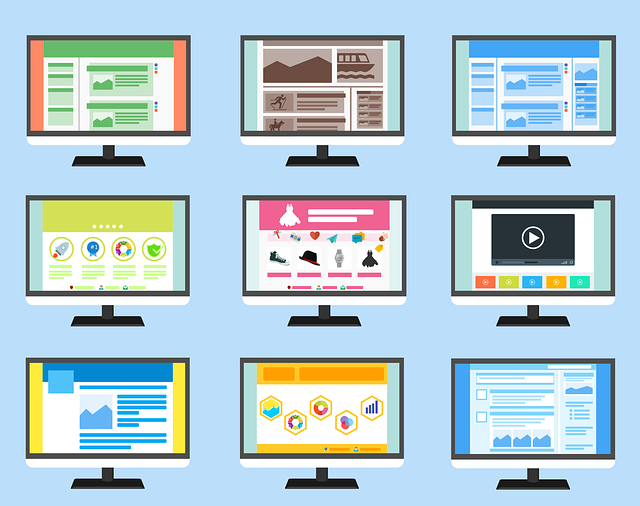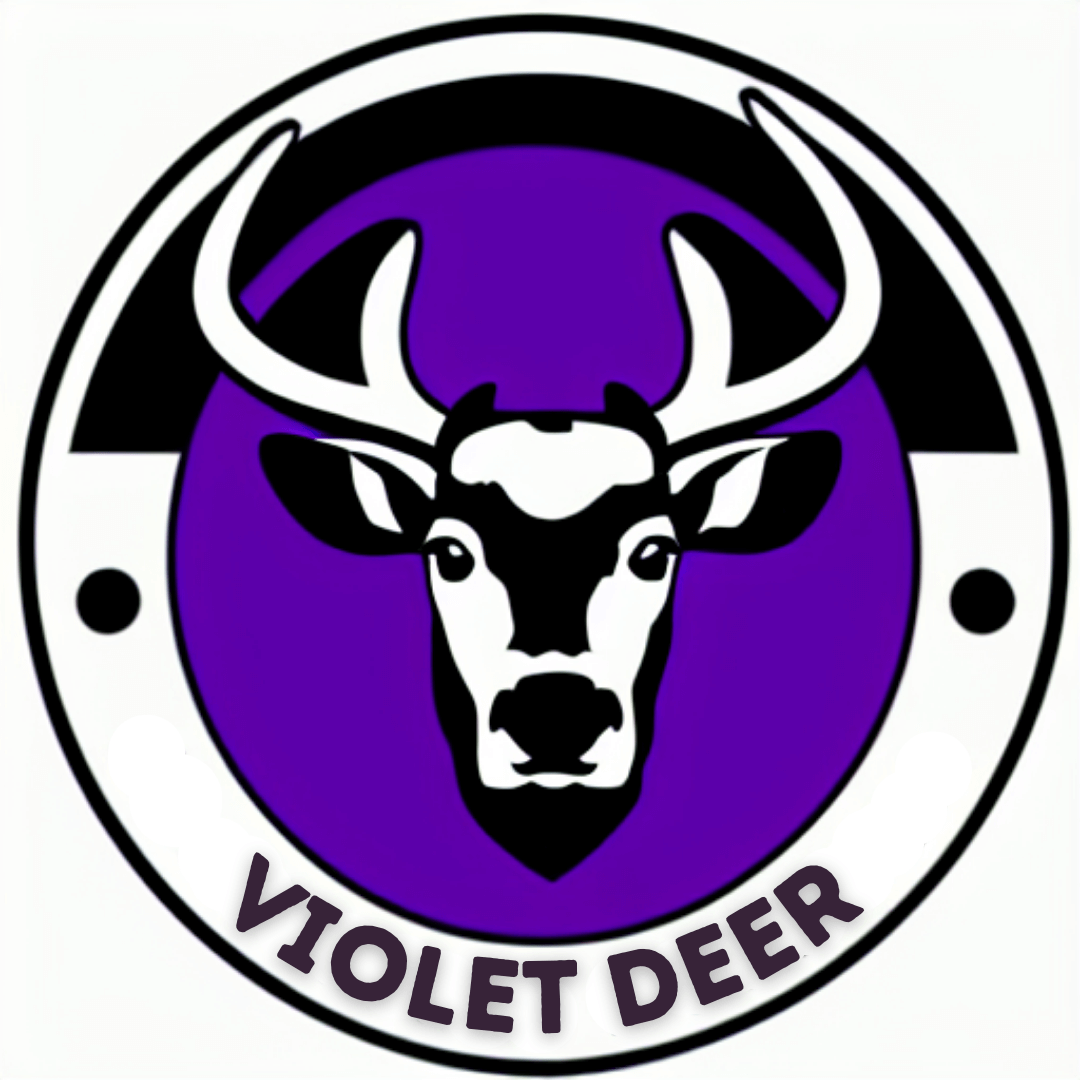In the fast-paced world of marketing, abbreviations and acronyms are frequently used to streamline communication. Understanding these terms is crucial for marketing professionals to navigate the landscape of digital marketing, social media marketing, and beyond. What is abbreviation of marketing?
What is the Abbreviation for Marketing?
The abbreviation for marketing is ‘Mktg’. It’s a shorthand reference used in business and advertising contexts.
Popular Marketing Abbreviations

Looking for most Common Marketing Abbreviations? We’ve covered them below, bringing you closer to marketing fundamentals via most common marketing acronyms.
BR: Bounce Rate
Bounce Rate (BR) is a key performance indicator in digital marketing. It represents the percentage of website visitors who leave a web page without taking any action. A high BR might indicate that the landing page is not effectively engaging potential customers or that the content is not relevant to the audience.
CRM: Customer Relationship Management
CRM stands for Customer Relationship Management. It’s a technology for managing all your company’s relationships and interactions with customers and potential customers. CRM systems help businesses improve customer relationships, streamline processes, and improve profitability.
CTA: Call to Action on Web Page
CTA, or Call to Action, is a crucial element on web pages used in digital marketing campaigns. It’s a prompt on a website that tells the user to take some specified action, such as “Sign Up” or “Buy Now”. CTAs are key to converting a website visitor into a customer or lead.
CPC: Cost-per-Click
Cost-per-Click (CPC) is a common marketing abbreviation used in paid advertising, particularly in search engine marketing and social media platforms. It refers to the amount an advertiser pays each time a user clicks on their ad. CPC is a key performance indicator that helps in measuring the effectiveness of online marketing campaigns and managing the customer acquisition cost.
CPA: Cost per Action
Cost per Action (CPA), in digital marketing, is the cost attributed to a specific action taken by a website visitor, like a purchase or a form submission. This marketing acronym is vital in evaluating the effectiveness of a marketing campaign, especially when the desired action goes beyond a simple click, encompassing the entire future relationship with the customer.
CPL: Cost per Lead
Cost per Lead (CPL) is a digital marketing abbreviation used to measure the cost of acquiring a new lead. It’s a critical metric in marketing strategies focused on converting website traffic into potential customers. CPL is essential in assessing the efficiency of landing pages and content optimization systems in generating leads.
CRO: Conversion Rate Optimization
Conversion Rate Optimization (CRO) is a key process in digital marketing strategies aimed at increasing the percentage of visitors to a web page who take the desired action. CRO involves a range of techniques, including landing page optimization, good user interface design, and content adjustments to improve customer experience and enhance the effectiveness of marketing campaigns.
CMS: Content Management System
A Content Management System (CMS) is a crucial tool in digital marketing. It’s a platform that allows users to create, manage, and modify content on a website without the need for specialized technical knowledge. CMS is fundamental in content optimization systems, making it easier to manage landing pages and ensure a good user interface, thereby enhancing the website traffic and customer experience.

WOM: Word-of-Mouth
Word-of-Mouth (WOM) marketing is one of the most powerful tools in the digital marketing arsenal. It refers to the organic spread of information and recommendations among potential customers, often facilitated through social media platforms and search engine results. WOM can significantly impact customer acquisition cost (CAC) and customer lifetime value (CLV), making it a key performance indicator (KPI) in marketing strategies.
PPC: Pay-per-Click
Pay-per-Click (PPC) is a common abbreviation in digital marketing, particularly in search engine marketing. It’s an advertising model where the advertiser pays a fee each time one of their ads is clicked. PPC is a vital part of marketing campaigns aimed at increasing website traffic and acquiring new customers, with its effectiveness often measured using tools like Google Analytics.
PV: Page View
Page View (PV) is a term used in digital marketing to denote a view of a webpage on your site. It’s a key metric in Google Analytics and other digital marketing tools for measuring the effectiveness of a website in attracting visitors. High PVs are indicative of successful content optimization, effective search engine results pages (SERPs) performance, and a well-implemented marketing strategy.
GA: Google Analytics
Google Analytics (GA) is a fundamental tool in digital marketing. It’s a web analytics service offered by Google that tracks and reports website traffic. GA is essential for understanding customer behavior, measuring the effectiveness of marketing campaigns, and optimizing landing pages. It helps in calculating key metrics like customer acquisition cost (CAC) and customer lifetime value (CLV), making it a vital component of any digital marketing strategy.
SaaS: Software-as-a-Service
Software-as-a-Service (SaaS) is a software distribution model in which applications are hosted by a third-party provider and made available to customers over the internet. In the context of digital marketing, many marketing automation platforms and CRM (Customer Relationship Management) systems are offered as SaaS, providing businesses with essential tools for managing marketing campaigns and customer interactions.
CMO: Chief Marketing Officer
The Chief Marketing Officer (CMO) is a senior executive responsible for developing and overseeing marketing strategies in an organization. The CMO plays a critical role in driving business growth, managing marketing campaigns, and ensuring a high return on investment (ROI) from marketing efforts. They often leverage digital marketing acronyms and tools like CRM systems, content optimization systems, and Google Analytics to make data-driven decisions.
SMM: Social Media Marketing
Social Media Marketing (SMM) is the use of social media platforms to connect with your audience, build your brand, increase sales, and drive website traffic. This involves publishing great content on your social media profiles, listening to and engaging your followers, analyzing your results, and running social media advertisements. SMM is a key component of digital marketing strategies, helping businesses reach potential customers where they spend a significant amount of time.

SEO: Search Engine Optimization
Search Engine Optimization (SEO) is a fundamental digital marketing strategy used to increase a website’s visibility in organic search results on search engines. It involves optimizing web content and landing pages to rank higher in search engine results pages (SERPs), thereby attracting potential customers. SEO is a key performance indicator (KPI) for net profit attributed to online marketing efforts.
B2C: Business-to-Consumer
Business-to-Consumer (B2C) is a marketing abbreviation referring to the process of selling products and services directly to consumers. B2C marketing strategies often involve social media marketing (SMM) and content optimization systems to engage customers on platforms they frequently use. This approach is crucial in driving sales and building brand loyalty.
LTV:CAC: Ratio of Lifetime Value to Customer Acquisition Cost
The LTV:CAC ratio is a critical metric in digital marketing, representing the relationship between the lifetime value (LTV) of a customer and the cost to acquire that customer (CAC). This ratio is a vital KPI, helping businesses evaluate the effectiveness of their marketing strategies and ensuring a high return on investment (ROI).
SERP: Search Engine Results Page
A Search Engine Results Page (SERP) is the page displayed by search engines in response to a user’s query. Digital marketing strategies aim to optimize a website’s content to appear prominently on SERPs, thereby increasing website traffic and potential customer engagement. SERPs are crucial for businesses to consumer (B2C) companies looking to attract new customers through organic search results.
ROI: Return On Investment
Return On Investment (ROI) is a crucial digital marketing abbreviation. It measures the profitability of investments made in marketing campaigns. As a KPI (Key Performance Indicator), ROI helps businesses assess the effectiveness of their digital marketing efforts in relation to the cost incurred (CAC – Customer Acquisition Cost). A high ROI indicates successful marketing strategies and campaigns.

UX: User Experience
User Experience (UX) refers to the overall experience of a person using a product, especially in terms of how easy or pleasing it is to use. In digital marketing, UX is critical for a content optimization system, ensuring that websites and social media posts are user-friendly and engaging. A positive UX is essential for retaining visitors and converting them into customers.
MQL: Marketing Qualified Lead
A Marketing Qualified Lead (MQL) is a lead judged more likely to become a customer compared to other leads. This term is used in digital marketing to identify potential customers who have shown interest in a product or service based on marketing efforts or engagement with content.
ISP: Internet Service Provider
An Internet Service Provider (ISP) is a company that provides services for accessing, using, or participating in the Internet. ISPs can be commercial, community-owned, non-profit, or privately owned. They are a crucial part of the computer network infrastructure, enabling access to digital marketing platforms through the internet protocol.

SMB: Small-to-Medium Business
Small-to-Medium Business (SMB) refers to businesses with limited revenue and size. In digital marketing, SMBs often require unique marketing strategies that are cost-effective and efficient. Digital marketing provides SMBs with tools and platforms to compete in the market, utilizing resources like social media, content optimization, and web address marketing to reach their target audience. It’s one of the most popular digital marketing abbreviations.
MoM: Month-over-Month
Month-over-Month (MoM) is a key performance indicator (KPI) used in digital marketing to measure changes in metrics like website traffic, sales, or customer acquisition cost (CAC) from one month to the next. This abbreviation is crucial for marketing campaigns, as it helps marketers understand short-term trends and make necessary adjustments for better ROI (Return on Investment).
EOD: End Of Day
End Of Day (EOD) is a common term used in digital marketing and business to signify the close of a business day. It’s often used in the context of deadlines for tasks or reporting. Understanding EOD is important for coordinating marketing strategies and ensuring timely execution of tasks.
YoY: Year-over-Year
Year-over-Year (YoY) is another critical KPI in digital marketing. It compares metrics such as customer acquisition, sales, or website traffic over a year to gauge long-term trends and the effectiveness of marketing strategies. YoY is essential for understanding the overall growth and success of marketing efforts.
CMS: Content Management System
A Content Management System (CMS) is a software application used in digital marketing to manage the creation and modification of digital content. CMS is often used for maintaining websites without the need for specialized technical knowledge. It’s crucial for creating and optimizing landing pages and ensuring that content reaches potential customers effectively.
MAP: Marketing Automation Platform
A Marketing Automation Platform (MAP) is a crucial digital marketing tool that automates various marketing processes and campaigns. It streamlines tasks such as email marketing, social media posting (SMM), and ad campaigns, making them more efficient and targeted. MAPs are key in driving website traffic, reducing customer acquisition cost (CAC), and improving the overall effectiveness of marketing strategies, thus serving as a vital Key Performance Indicator (KPI).
FTP: File Transfer Protocol
File Transfer Protocol (FTP) is a standard network protocol used for the transfer of computer files between a client and server on a computer network. In digital marketing, FTP is essential for uploading and managing files on a website’s server, including landing pages and digital marketing materials. It ensures that digital content is easily accessible via a Uniform Resource Locator (URL), contributing to the seamless execution of marketing campaigns.
RSS: Rich Site Summary
Rich Site Summary (RSS), often called Really Simple Syndication, is a type of web feed that allows users and applications to access updates to online content in a standardized format. In digital marketing, RSS feeds are used to syndicate blog posts and articles, automatically updating content on landing pages and helping to attract potential customers through fresh, relevant content. This contributes to increased website traffic and is a valuable tool in content-driven marketing strategies.
CTR: Click-Through Rate
Click-Through Rate (CTR) is a vital digital marketing abbreviation. It’s a key performance indicator (KPI) that measures the ratio of users who click on a specific link to the number of total users who view a page, email, or advertisement. CTR is essential for assessing the effectiveness of online ads and email campaigns, directly impacting website traffic and customer acquisition.

SEM: Search Engine Marketing
Search Engine Marketing (SEM) is a comprehensive term that includes various techniques and strategies used to generate visibility and traffic from search engines. It encompasses both paid search strategies (like PPC) and organic tactics (like SEO), making it a crucial component of a digital marketing campaign. SEM is instrumental in driving potential customers to landing pages, thereby reducing the customer acquisition cost (CAC).
API: Application Programming Interface
An Application Programming Interface (API) in digital marketing is used to connect different software components or applications. APIs play a crucial role in integrating various digital marketing tools and platforms, enhancing the functionality of websites and marketing automation platforms. They are essential for creating a seamless user experience on landing pages and for executing sophisticated marketing strategies.

SLA: Service Level Agreement
A Service Level Agreement (SLA) is a contract between a service provider and a client that specifies the level of service expected during a marketing campaign. In digital marketing, SLAs are important for maintaining quality standards in services like SMM (Social Media Marketing) and ensuring that marketing campaigns meet the agreed-upon KPIs.
URL: Uniform Resource Locator
Uniform Resource Locator (URL) is the web address of a resource on the internet. In digital marketing, URLs are crucial for directing potential customers to specific landing pages, tracking the effectiveness of marketing campaigns, and improving search engine results. A well-structured URL can significantly impact the success of digital marketing efforts by enhancing user experience and website traffic.
